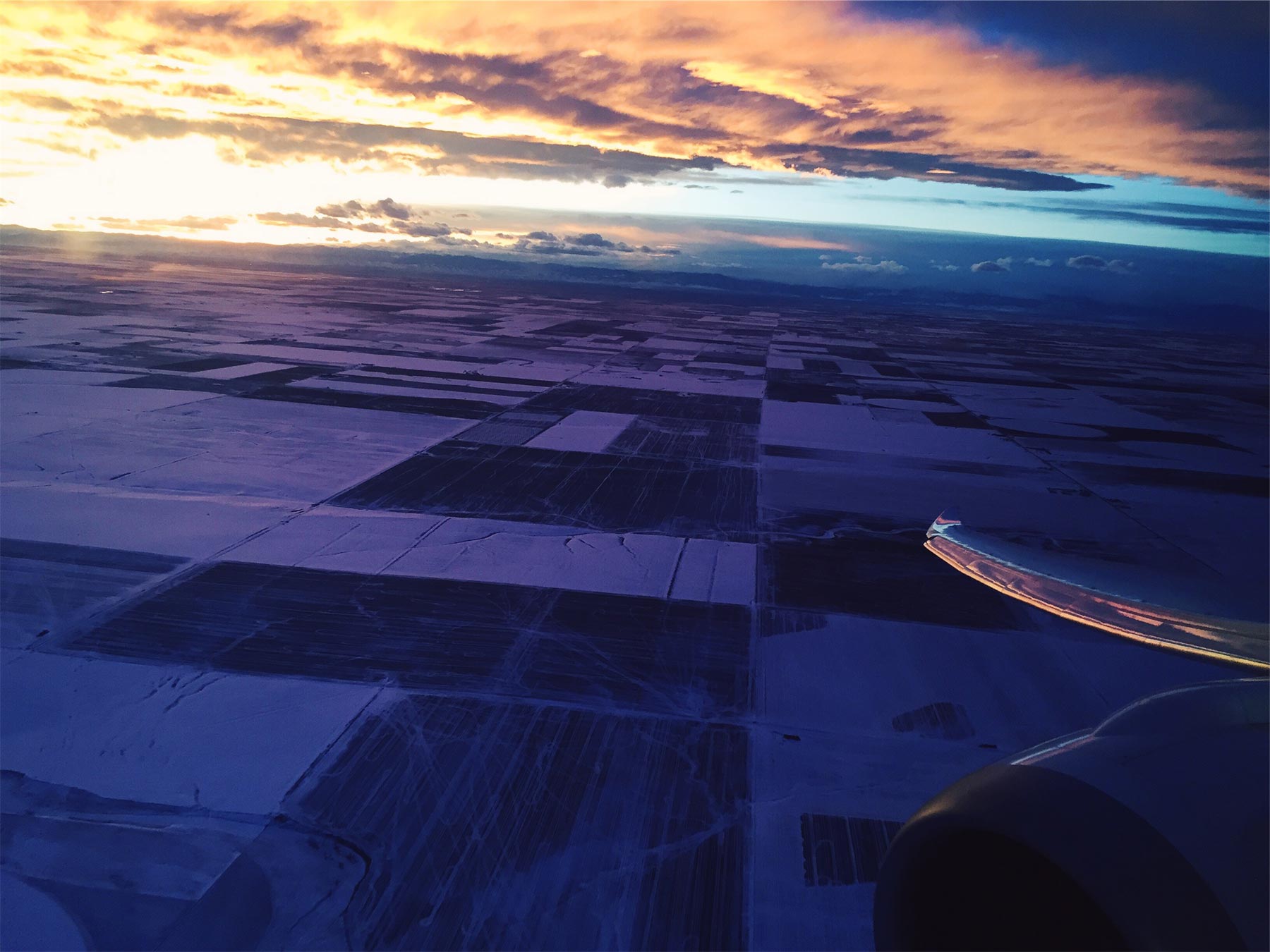
Specim AISA systems produce high-quality hyperspectral images, where every single measured spectrum has precise, calibrated ground coordinates.
Specim’s AISA systems are ruggedized spectral imaging solutions dedicated to airborne and defense usage, covering VNIR (400-1000 nm), NIR (900-1700nm), SWIR (1000-2500 nm), and thermal LWIR (7.7 – 12.3 um) spectral ranges. The sensors’ unbeatable performance has made AISA the market leader in the hyperspectral remote sensing industry.
The unmatched combination of the highest reliability and performance with the least size and weight has made AISA sensors the tools of choice for renowned research institutions, commercial enterprises, and defense organizations for their demanding remote sensing applications. Specim provides complete systems ready to be installed and operated onboard various platforms.
Aisa Systems Installation Examples
Each AISA system consists of the hyperspectral imager, GNSS/IMU unit, data acquisition computer, control and operation software, and CaliGeo PRO pre-processing software. Specim can provide advanced spectral application tools and data fusion solutions such as the integration of hyperspectral imaging with Lidar data. Specim's AISA systems are designed and tested for many different operational conditions, in addition to standard mounting in manned or unmanned airborne platforms.
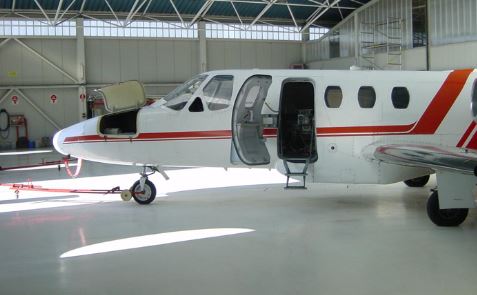
Cabin Mounting
In a standard aircraft cabin mounting the AISA sensor is installed vertically to look through the aircraft camera port. As AISA sensors are pushbroom devices, the image of the view is formed along with the aircraft movements. The corrections for the changes in the aircraft's roll, pitch and heading are performed as a preprocessing step in the AISA pre-processing tool.
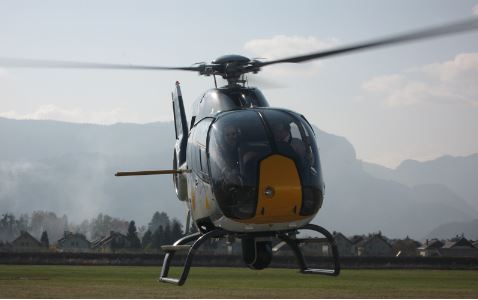
Helicopter Mounting
This requires more careful installation design in order to take into account, for example, system vibrations. In such cases, applying a seperate mount with shock absorbers at the fixing points can be very effective.
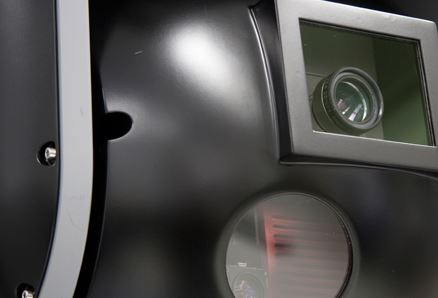
Gimbal Mounting
Due to its compact size, the AISA sensor and GPS/IMU unit can be mounted on a gimbal. This provides an easy and fast solution to install and remove the sensor from the aircraft or helicopter, perfect for emergency response situations or when time is crucial in your flight campaign.
In addition to the benefits of image motion compensation, the gimbal futher provides passive vibration damping and improved vertical alignment of the airborne sensor. This gives the sensor operator more precise control during image acquisition and ensures better image quality.
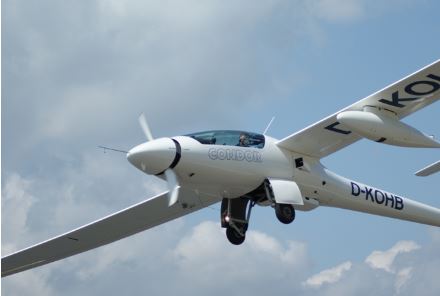
Installation in a Pod
AISA systems have also been successfully operated when installed in a pod outside the aircraft. This kind of mounting offers the possibility to collect hyperspectral data in very compact and light aircrafts, which have no room to accomodate the system inside the cabin.
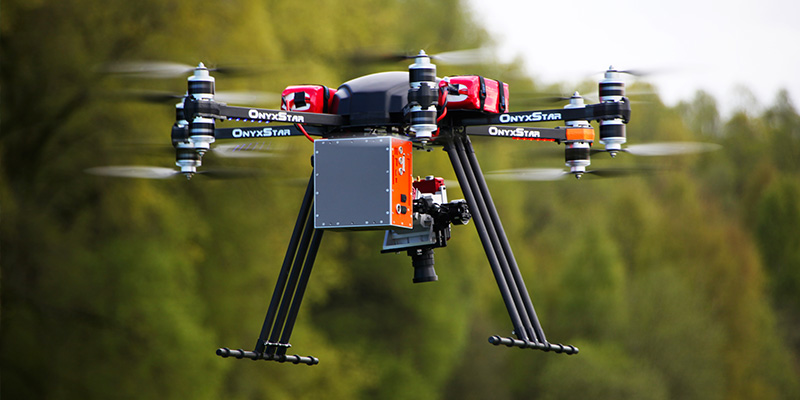
UAV Mounted
The AFX10 (VNIR) and AFX17 (NIR) systems are compact all-in-one devices featuring an HSI camera, powerful computer, and high-end GNSS/IMU unit. Weighing just over 2 kg, they can be used on multiple drone types including multirotor or fixed-wing, with or without a gimbal.
